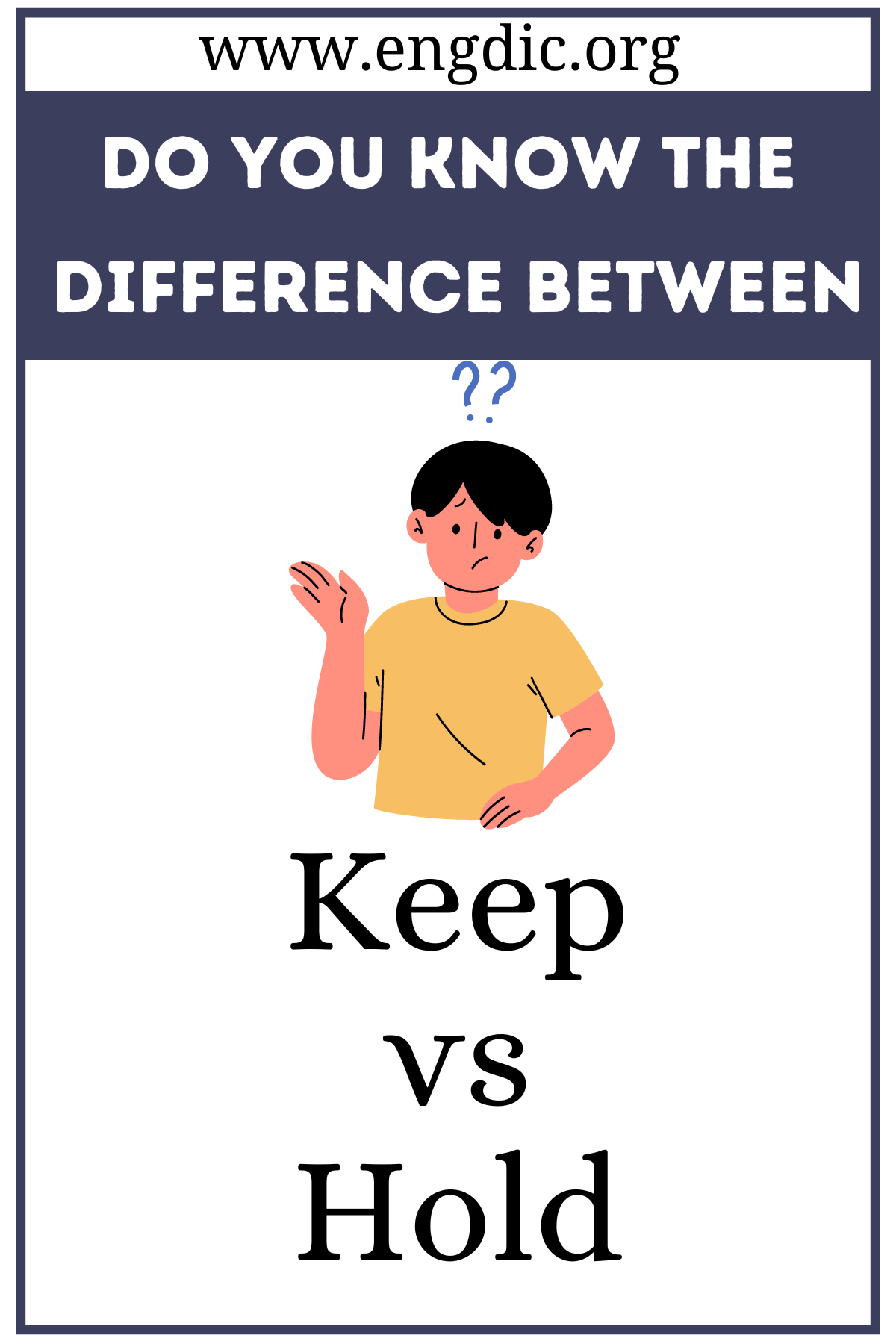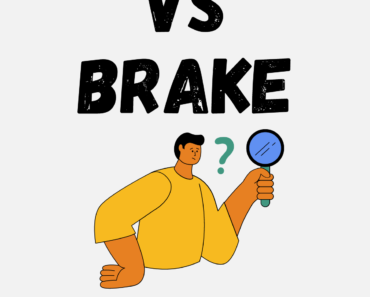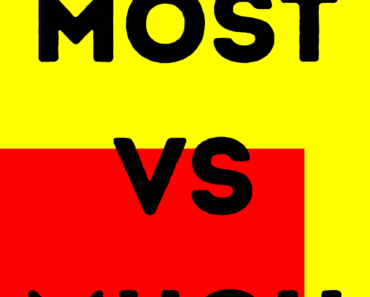“Keep” and “Hold” both involve possession or retaining something, but differ in intent and duration.
- “Keep” suggests long-term possession, often with a sense of maintaining or safeguarding.
- “Hold,” on the other hand, implies a temporary grip or control, often physical, but also metaphorical.
For instance, you keep a promise indefinitely, ensuring it remains intact, whereas you hold a meeting temporarily to address immediate concerns. The subtle differences hinge on the intended time frame and nature of possession.
Definition and Usage of “Keep”
Definition: To maintain possession or custody, to continue or cause to continue in a specified condition, position, or course.
Usage:
- Retention: “Keep” often indicates holding onto something over a period of time. Example: “She keeps the keys in her bag.”
- Maintenance: It implies maintaining something in a certain state or condition. Example: “He keeps the garden neat and tidy.”
- Promise Fulfillment: It denotes honoring a promise or obligation. Example: “Please keep your promises.”
- Continuation: It can signify maintaining a specific action or condition. Example: “Keep working until the job is done.”
Definition and Usage of “Hold”
Definition: To grasp, carry, or support with one’s arms or hands; to keep or detain in custody.
Usage:
- Physical Grasp: “Hold” generally indicates physically grasping or supporting something. Example: “He held the book in his hand.”
- Containment: It can mean containing or storing something. Example: “This tank holds 50 gallons of water.”
- Position Maintenance: It suggests keeping something in a specific position or state. Example: “Please hold the ladder steady.”
- Events and Meetings: It implies organizing or conducting events or meetings. Example: “The company will hold a press conference tomorrow.”
- Retention: It can denote temporary custody or possession. Example: “Hold the parcel until I come back.”







